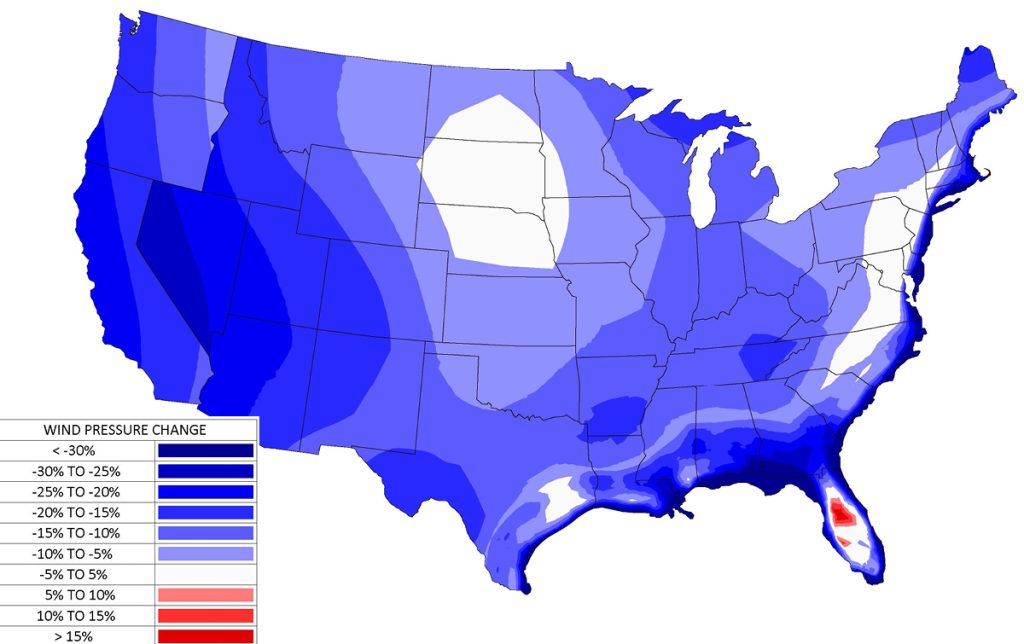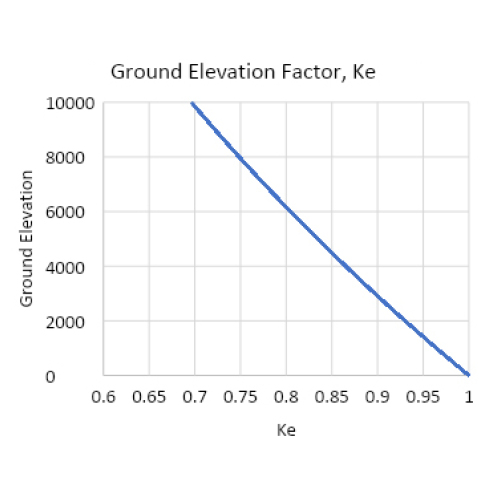What’s New in TIA-222-H
TIA-222-H is the latest version of the Telecom Industry Association standard for the design of antenna-supporting structures.
Vector has been providing structural services in the telecom industry since the company was founded. As a leader in the industry, we have spent considerable time studying the new standard to ensure that we understand and apply it correctly.
Some of the changes in TIA-222-H result in increased loading and detailing requirements leading to heavier, more expensive structures. In most codes, successive editions generally result in increased demands and heavier structures.
However, in this case, a few important changes in TIA-222-H result in reduced loading. We’ll share this good news first and focus on the other changes in a future newsletter.
Telecom structures are usually very optimized with little to no extra capacity built into each design. In a competitive industry like telecom, understanding these changes is critical so that the associated advantages can be realized.
Reduced Wind Speed
TIA-222-H wind speed requirements are based on the latest meteorological data available to the code- writing committee. As illustrated in Figure 1, in all except a few regions in central Florida, design wind speed has been reduced when compared to the previous standard. Note that because wind pressure is proportional to wind speed squared, a reduction of only a few mph can result in a significant reduction in wind pressure. For example, where the design wind speed changes from 115 mph to 100 mph (13% change), the wind pressure changes by ~24%.

Elevation Factor (Ke)
A new factor was introduced to the wind loading equation that results in a reduced wind pressure for sites at high elevation. The factor, as a function of elevation, is illustrated in Figure 2.
The reason for the reduction is quite interesting. At an elevation of, for example, 5000 ft above sea level, the average air pressure is about 83% of the average air pressure at sea level. Lower air pressure = fewer air molecules in a given volume. A 100 mph wind gust at 5000 ft elevation exerts a lower pressure than a 100 mph wind gust at sea level because of the smaller number of air molecules flowing in the gust.

Small Cell Risk Category
Small cell (5G) is the way of the future in telecom, and TIA-222-H is the first edition that makes mention of small cells. The industry norm is to classify nearly all telecom structures as risk category II or higher, but TIA-222-H specifically allows small cells to be classified as risk category I. This classification results in lower wind speed and simpler analysis requirements corresponding to the lower risk to life and property associated with small cell structures.
The Rest of the Story
The list below serves as a sneak preview of a future newsletter in which we will explain some of the other changes in TIA-222-H. Specifically, we will address changes that can result in increased loading, increased detailing requirements, and/or more difficult analysis for structural engineers.
- Ks factor increases wind pressure for roof-mounted antennas & towers.
- More stringent requirements for mount analysis.
- Kd increased to 1.0 for monopoles w/o appurtenances or w/ concealed appurtenances.
- Equivalent modal analysis no longer allowed for seismic
design. - Overstrength factor introduced for anchor bolts.
- Baseplates & connections for tubular structures must be designed for a minimum of 50% of the structure’s flexural capacity, regardless of the loading at the connection.
- Ports in monopoles must be proportioned to match or exceed the section properties of the removed monopole wall material, regardless of the loading at the port section.
- Exposure D required in coastal hurricane-prone regions.
Stay tuned for our follow-up article where we will describe more code changes, the reasoning behind them, and their effects on our designs.
The engineers at Vector are staying ahead of the game. We know the codes we work with and we would be happy to share our knowledge with the industry. Please reach out to Trevor Hawkes, P.E. (trevor@vectorse.com) with any inquiries.

